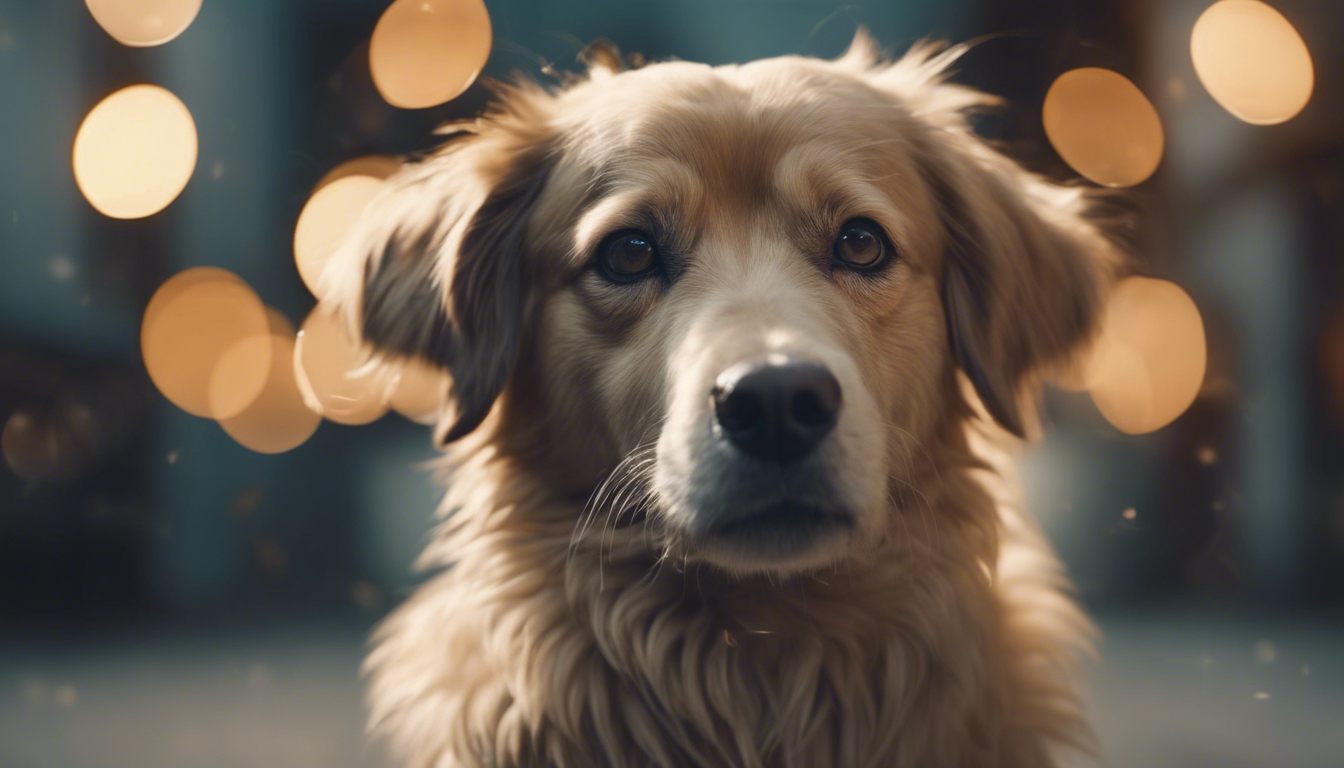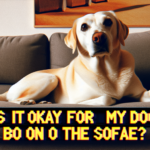Contents
Understanding Why Dogs Become Afraid
Unveiling the root causes of fear in dogs is essential in creating effective strategies to comfort and reassure them. There is quite a wide array of factors that might induce fear in dogs which include:
- Environmental changes
- Loud and sudden noises
- Unfamiliar people or objects
- Negative past experiences
The Role of Humans in a Dog’s Fear
It must be said that the way humans behave around a dog can either heighten or reduce fear. Prolonged eye contact, for instance, may be perceived by a dog as threatening. In the same vein, using harsh tones or aggressive gestures can scare off a dog. Even the way you approach a dog matters – an approach from the front can be calming while coming from behind might heighten anxiety.
Reassuring a Scared Dog: Practical Steps
With the right approach and calming techniques, it’s possible to reassure and help your scared dog. Here are some of the steps you can employ for effective results.
1. Maintaining Calmness
In tough moments, your dog looks up to you; therefore, staying calm is crucial because canines can sense human emotions. It’s advisable to speak in a low, soothing tone, and move with grace and control around your scared dog.
2. Offer a Safe Space
A scared dog needs a designated “safe space” in your home to retreat when afraid. This could be a cosy corner, a dog kennel, or a dog bed where they feel secure.
3. Using Distraction Techniques
Sometimes, a simple distraction can help alleviate fear. This could be in the form of their favourite toy, a treat or background noise to detract from the sound causing fear.
4. Seek Professional Help
If you observe that your dog’s fear escalates or persists, it’s worth seeking advice from a professional vet or animal behaviourist. They can offer personalised strategies and could recommend anxiety-relief products like dog calming collars.
Celebrating Small Wins
Patience is critical when dealing with a scared dog. Celebrate every small step they take towards overcoming their fear, continuously emphasise this positivity. This constitutes great reassurance – a pat on the back, an encouraging word, a comforting rub, and so on.
Reassure with Care
In the end, the love, care and understanding you show a scared canine can do a long way in reassurance. Understanding their fear and being there for them in those trying moments makes a huge difference in their perception of the situation.
FAQ
- Q: How long can the fear of a dog last?
- A: Fear can last for a few minutes or could even be chronic. It varies from one dog to another and is largely dependent on the cause of the fear.
- Q: Can a dog’s fear affect its health?
- A: Yes, a dog’s prolonged fear can have long-term effects on their mental and physical health. It’s always best to immediately address any signs of fear to prevent lasting harm.





